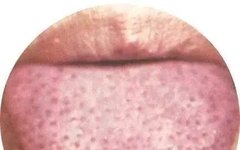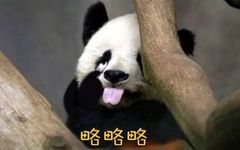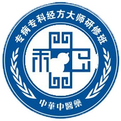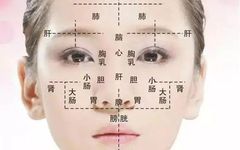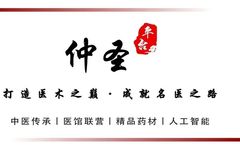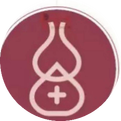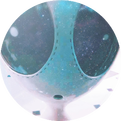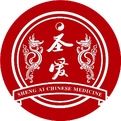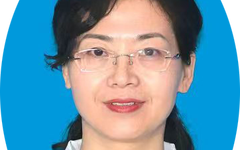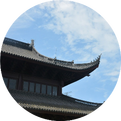A Comprehensive Guide to 130 Types of Tongue Diagnosis in Traditional Chinese Medicine
Tongue diagnosis, also known as wang she (望舌), is an important method in Traditional Chinese Medicine (TCM) for understanding the physiological functions and pathological changes of the body through observing the variations in the tongue’s appearance. During tongue diagnosis, observations are made in the order of tip – center – root – sides of the … Read more

